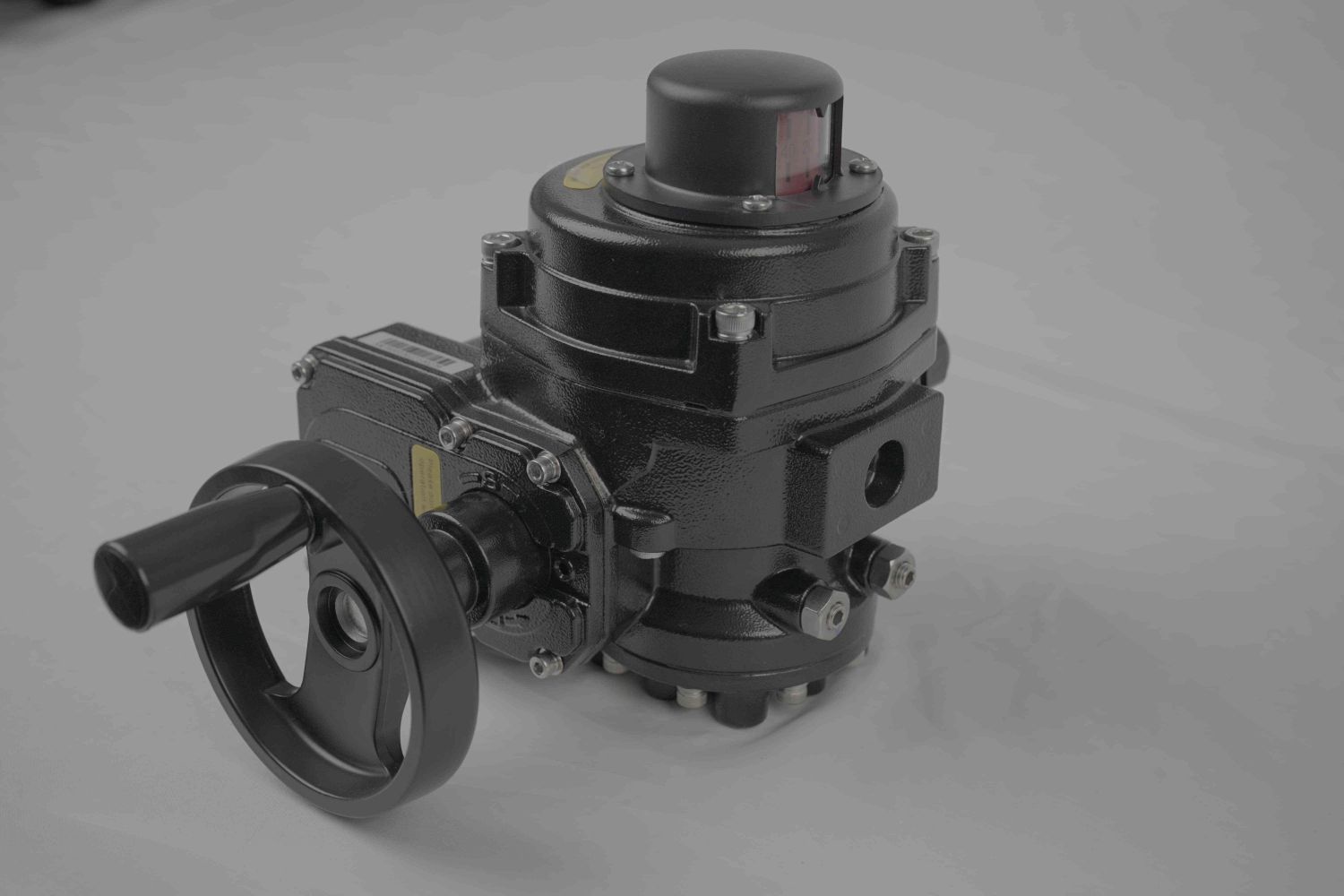wcb lithium battery valve: a key component for safe lithium battery operation
Release time:2025-09-14 13:43:05
Lithium batteries have become integral to modern technology, powering everything from smartphones to electric vehicles (EVs) and renewable energy storage systems. However, as with any powerful technology, there are inherent risks associated with their use, especially concerning safety. One critical component that helps mitigate these risks is the WCB Lithium battery valve, designed to protect lithium batteries from catastrophic failures caused by overpressure or thermal events.

The Role of the WCB Lithium Battery Valve
The WCB Lithium battery valve is a type of safety valve specifically engineered for lithium-ion batteries. These batteries are known for their high energy density, but when exposed to extreme conditions such as overcharging, short circuits, or high temperatures, they can become unstable. If the pressure inside the battery cell exceeds safe levels, it may lead to leakage, rupture, or even fire and explosion.
The WCB valve serves as a fail-safe mechanism that activates when the internal pressure of a lithium battery rises beyond a predefined threshold. By venting the excess pressure in a controlled manner, the valve prevents more severe damage, ensuring the battery remains within safe operating conditions.

